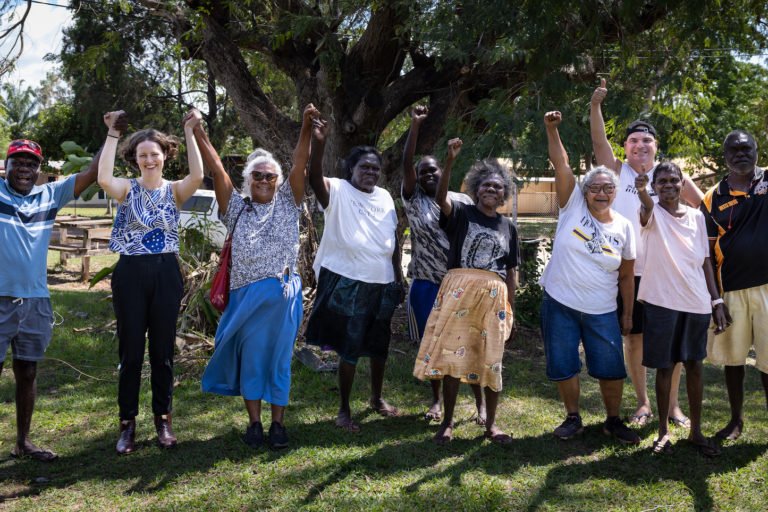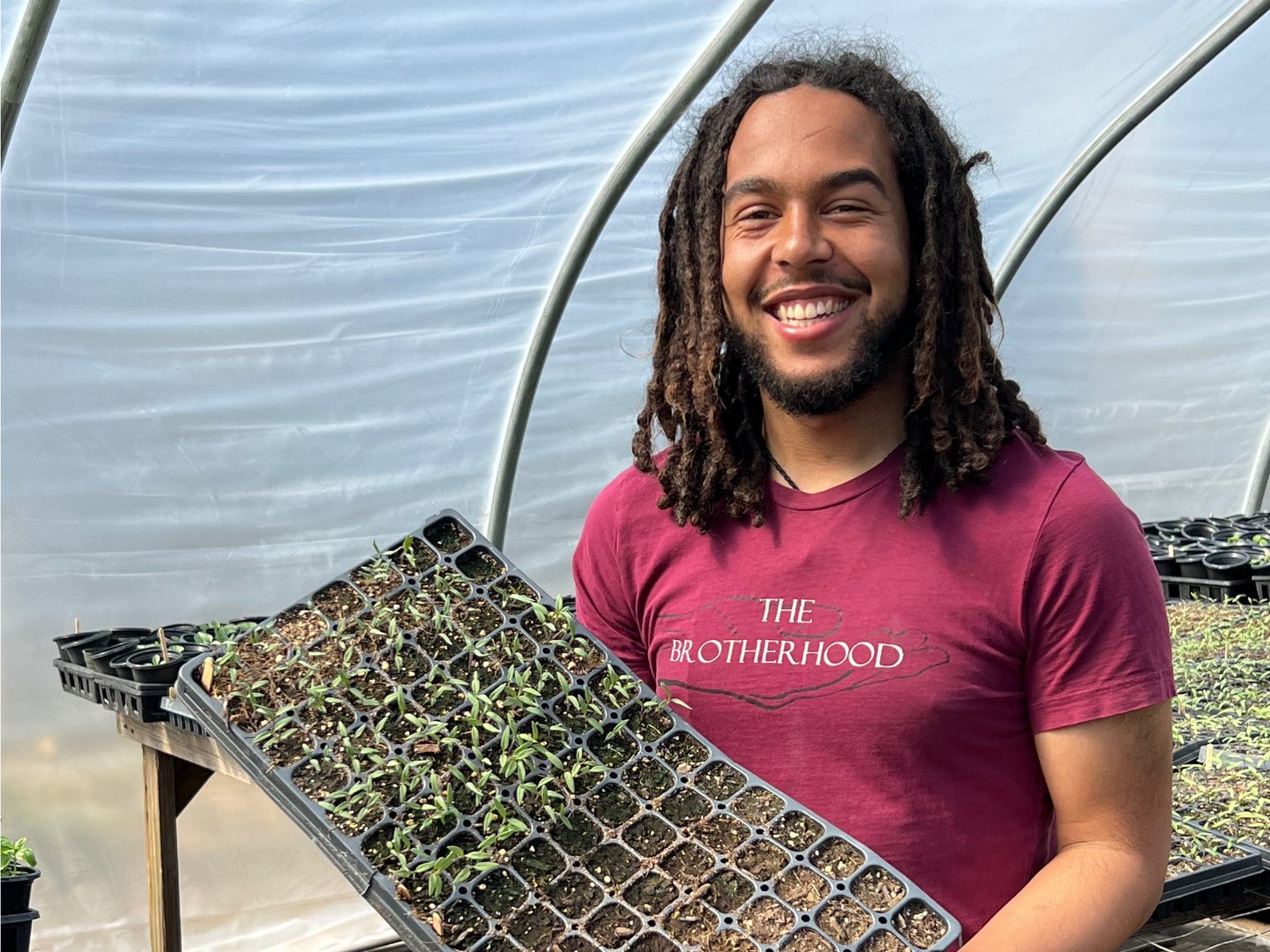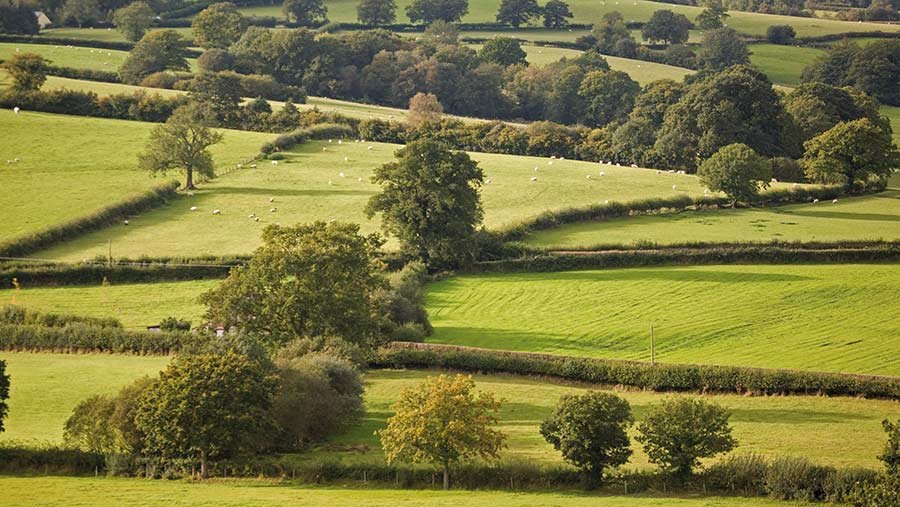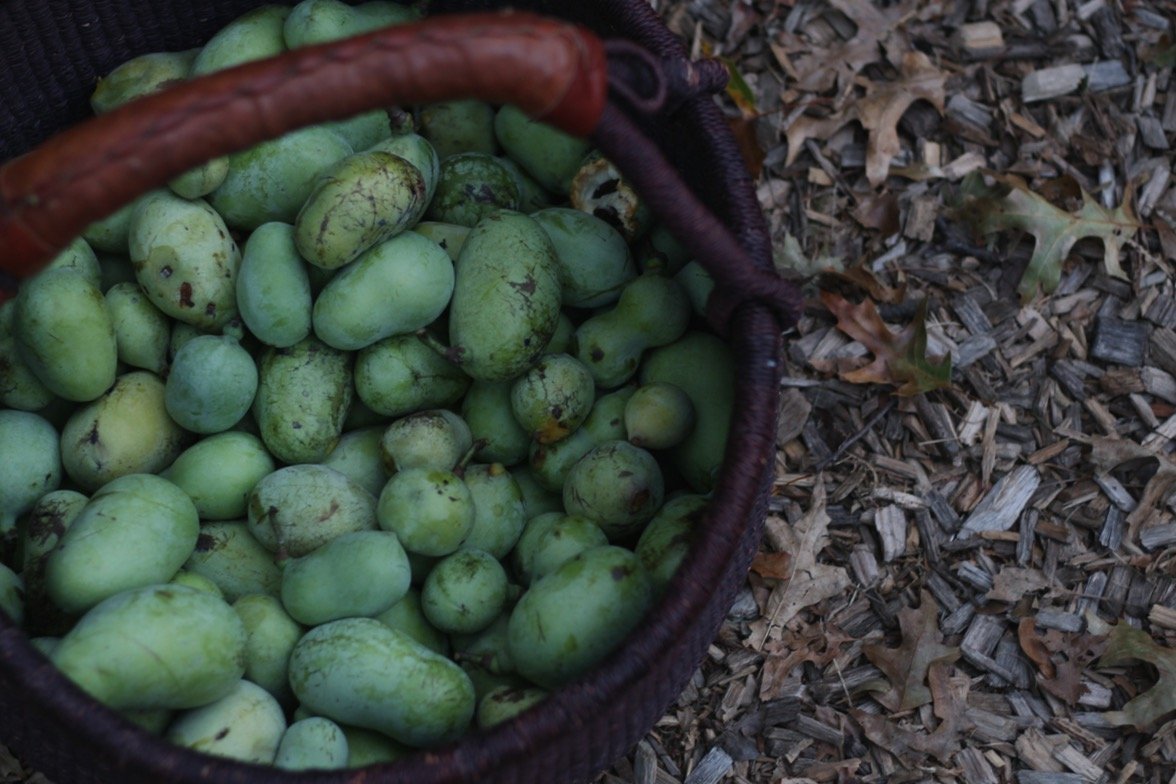- Indonesia’s cofiring program — reducing the amount of coal used in power generation by cutting it with wood pellets — will result in massive deforestation and a net emissions surge, an energy policy think tank warns.
- Under the government’s 10% biomass cofiring plan, up to 1.05 million hectares (2.59 million acres) of forest could be cleared for acacia and eucalyptus plantations to provide wood pellets.
- This would result in up to 489 million metric tons of emissions — a vastly greater amount than the 1 million tons in reduced emissions that cofiring is expected to achieve.
- The analysis, by Trend Asia, also shows that, if anything, Indonesia’s coal consumption has only increased with higher biomass cofiring, and that this trend is expected to continue through 2030 as more new coal plants are built.
JAKARTA — Indonesia’s program to wean itself off coal by burning it alongside progressively higher amounts of woody biomass will threaten more than a million hectares of rainforest and result in massive net carbon emissions, a new analysis shows.
This process of cutting coal with materials such as wood pellets, oil palm kernels and sawdust is known as cofiring, and has been touted by the government as a key method of reducing greenhouse gas emissions from coal-fired power plants, which generate most of Indonesia’s electricity.
The plan is to increase the portion of biomass burned in coal plants to 10%, which the government says will require 9 million metric tons of biomass annually.
But the more realistic figure is 10.2 million metric tons, according to Trend Asia, an Indonesian think tank that focuses on the clean energy transition. And there’s no way that amount of biomass will come from agricultural or urban waste, meaning the bulk of it will have to come from large-scale forest plantations, Trend Asia said in a recent analysis.
These would require 2.33 million hectares (5.7 million acres) of land — an area roughly 35 times the size of Jakarta — according to Trend Asia. And nearly half of it would have to be newly established — which in many cases means clearing standing forest for acacia and eucalyptus — given that Indonesia’s current annual production of wood pellets is less than 1 million metric tons.
Meike Inda Erlina, renewable energy campaigner at Trend Asia, said the resulting deforestation — between 1 million and 1.05 million hectares (2.47 million to 2.59 million acres), depending on the mix of acacia and eucalyptus — would amount to a tremendous loss of biodiversity and ecosystem services.
“There’s biodiversity [in our forests] that supports our lives as human, and there’s also lots of people whose livelihoods depend on forests, especially those who live in forest areas, such as Indigenous peoples,” she said at the recent launch of Trend Asia’s analysis. “All these have immeasurable values which the state can’t pay [back].”
Darmawan Prasodjo, president of state-owned utility PLN, said the cofiring program would provide a source of livelihood to local communities growing acacia and eucalyptus trees for wood pellets. He also said there was plenty of non-forest “deserted” land on which they could be grown, including 800,000 hectares (2 million acres) just on the island of Java.
More emissions than reductions
The carbon dioxide emissions associated with clearing forests for new energy plantations, as they’re known, would far exceed any reductions achieved from cofiring, Trend Asia’s analysis shows.
Under the 10% cofiring scenario, Indonesia’s 52 biggest coal-fired power plants could expect a combined reduction in emissions of 1 million metric tons of CO2 equivalent (CO2e). But the cost of achieving this — the deforestation to make way for the acacia and eucalyptus plantations — would result in emissions of 469 million to 489 million metric tons CO2e, according to Trend Asia.
“The problem is, based on the [large] amount of biomass needed, the figure [of reduced power plant emissions] is too low,” said Trend Asia researcher Mumu Muhajir.
He added the amount of coal that Indonesia burns is expected to keep increasing through 2030, even if the cofiring program is fully implemented. This goes against the government’s own touting of the cofiring program as a way to transition away from fossil fuels to renewable energy, he said.
The increase in coal use is already evident: When the amount of biomass used in cofiring increased significantly from 9,731 metric tons in 2020 to 282,628 metric tons in 2021 — a 28-fold jump — the amount of coal burned also increased, from 66.68 million to 68.47 million metric tons.
“So why don’t we see a decrease in coal consumption?” Mumu said.
That’s because while the government pledged last year to retire 9.2 gigawatts of coal-fired power plants by 2030, it also plans to build 13.8 GW of new coal plants during the same period. That means a net increase in coal capacity this decade. And if anything, Mumu said, the cofiring program will only prolong the life of coal power plants.
“This will become a double catastrophe,” he said. “Carbon emissions from coal will keep rising because of the increase in consumption, but then we also use cofiring from biomass whose emissions from deforestation we will have to pay for over the next 20 years.”
The increase in coal burning to generate electricity will also add to the state’s financial strain, Mieke said. She noted that each 1 GW of additional electricity generation costs the government 1.36 trillion rupiah ($91 million). But the country’s power grid is already oversupplied by 5 GW, translating into nearly half a billion dollars of electricity that the government is paying for but can’t sell.

Regulatory support
Yet despite all the concerns over the sustainability of burning biomass in coal-fired power plants, the government has issued several regulations in support of the policy.
Amalya Reza Oktaviani, campaign manager at watchdog group Forest Watch Indonesia, said regulations issued by the Ministry of Environment and Forestry make it easier for companies to acquire forest concessions for “energy security” purposes. In these cases, companies don’t have to wait until a land demarcation process is completed finished in order to start developing the concessions — which in many cases means clearing the forest.
Companies would also be eligible for larger concessions than usual, up to 60,000 hectares (148,000 acres) per province, or 300,000 hectares (741,000 acres) nationally, and wouldn’t require approval from provincial governors, Amalya said at the launch of the Trend Asia report.
These companies would also be exempt from paying non-tax revenue and from the obligation to rehabilitate watershed areas, she said.
As of 2020, there were 14 companies developing more than 156,000 hectares (nearly 386,000 acres) of energy plantations, according to data from the forestry ministry, with another 18 companies plan to join the rush.
Also for “energy security” purposes, the government has designated 5.4 million hectares (13.3 million acres) of forest area that may be cleared for plantations, according to FWI. Not all of it will necessarily be cleared, Amalya said, but the point is that this potential deforestation “is in the law.”
“So we can see that [deforestation for energy plantations] is legalized,” she said.
Banner image: A truck carrying acacia logs in Indonesia in 2014. Acacia is a species that can be used as an energy crop to produce wood pellets. Image by Rhett A. Butler/Mongabay.
FEEDBACK: Use this form to send a message to the author of this post. If you want to post a public comment, you can do that at the bottom of the page.















